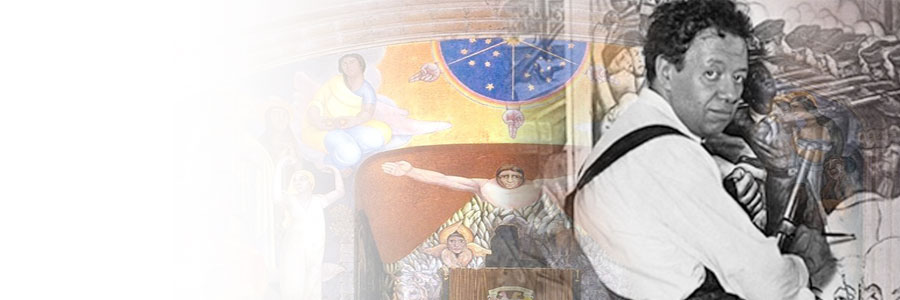The word encaustic originates from the Greek word enkaustikos which means to burn in, and this element of heat is necessary for a painting to be called encaustic.
This technique was notably used in the Fayum mummy portraits from Egypt around 100–300 AD, in the Blachernitissa and other early icons, as well as in many works of 20th-century North American artists, including Jasper Johns, Tony Scherman, Mark Perlman, and Fernando Leal Audirac. Kut-kut, a lost art of the Philippines, employs sgraffito and encaustic techniques. It was practiced by the indigenous tribe of Samar island around 1600 to 1800. Artists in the Mexican muralism movement, such as Diego Rivera[4] and Jean Charlot sometimes used encaustic painting. The Belgian artist James Ensor also experimented with encaustic.
The wax encaustic painting technique was described by the Roman scholar Pliny the Elder in his Natural History from the 1st Century AD. The oldest surviving encaustic panel paintings are the Romano-Egyptian Fayum mummy portraits from the 1st Century BC.
In the 20th century, painter Fritz Faiss (1905–1981), a student of Paul Klee and Wassily Kandinsky at the Bauhaus, together with Dr. Hans Schmid, rediscovered the so-called “Punic wax” technique of encaustic painting. Faiss held two German patents related to the preparation of waxes for encaustic painting. One covered a method for treating beeswax so that its melting point was raised from 60 to 100 °C (140 to 212 °F). This occurred after boiling the wax in a solution of sea water and soda three successive times. The resulting harder wax is the same as the Punic wax referred to in ancient Greek writings on encaustic painting.
Encaustic art has seen a resurgence in popularity since the 1990s with people using electric irons, hotplates and heated styli on different surfaces including card, paper and even pottery. The iron makes producing a variety of artistic patterns easier. The medium is not limited to just simple designs; it can be used to create complex paintings, just as in other media such as oil and acrylic. Although technically difficult to master, attractions of this medium for contemporary artists are its dimensional quality and luminous color.



